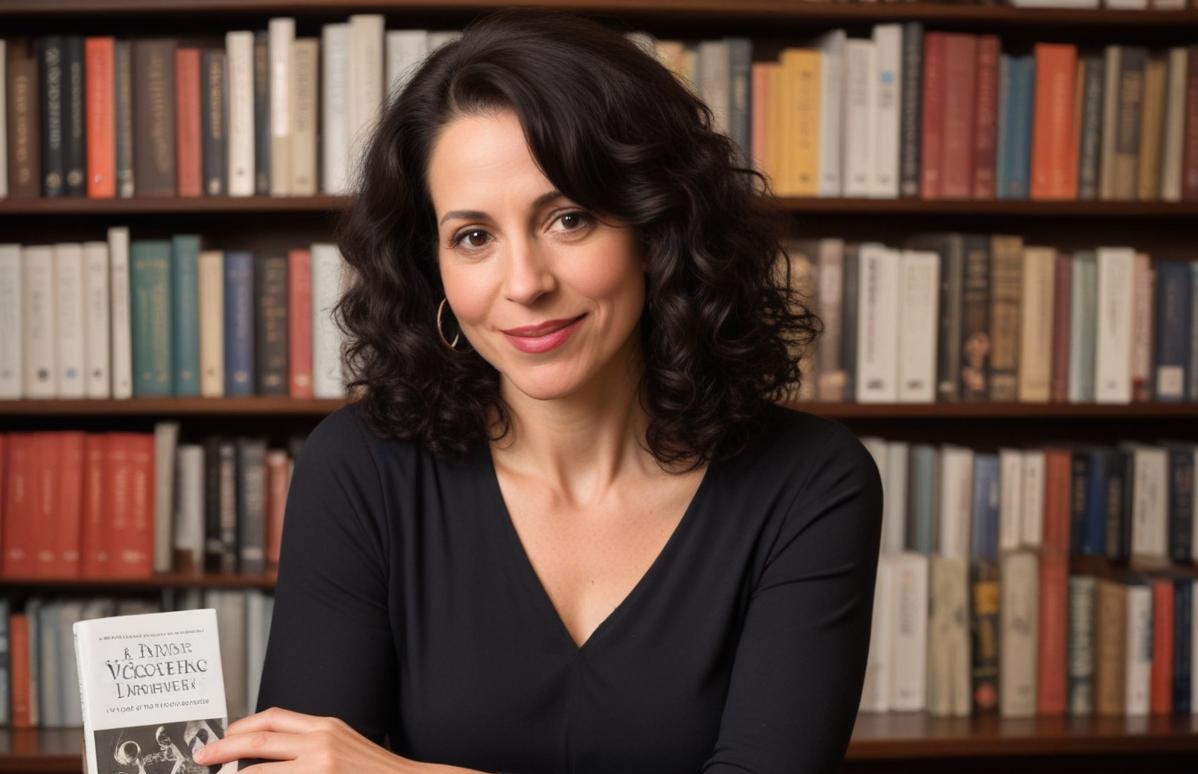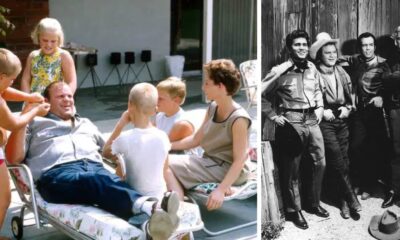News
The Things We Leave Unfinished by Rebecca Yarros: Review

Rebecca Yarros, renowned for her emotionally charged storytelling, presents “The Things We Leave Unfinished,” a novel that intertwines love, loss, and the enduring impact of the past. This narrative unfolds across two timelines: the present day journey of Georgia Stanton and the poignant love story of her great-grandmother, Scarlett Stanton, set during World War II.
A Dual Timeline Narrative
This approach of switching from Georgia’s present day to Scarlett’s Southern fantasy gives the novel the beautiful texture of both feelings and sensations. Thus, the use of an additional storyline also amplifies the relationships that exist between the characters and demonstrates how love and loss reoccur throughout the lives of different generations.
Character Development and Chemistry
Yarros has the ability to write multi-dimensional characters whose transformations are interesting and realistic. Development from a woman who struggles with personal failures to a woman who can accept love and sensuality ISBN is depicted as realistic. Likewise, the love interest between the heroine, Scarlett, and her drunkard husband, Jameson, is portrayed so passionately that a reader feels shaken by the highs and lows of their relationship.
Historical Context and Emotional Depth
Chronologically placed into the novel of the Second World War, it shows how the people survived during the war. Thus, the plot is well-filled, and the everyday story becomes an artful masterpiece owing to Yarros’ profound study of historical events in Roots to Wings. More than that, the portrayal of love during wars and all the misery that comes along with the notion also puts an emotional touch to the story.
Themes of Love and Legacy
First and foremost, “The Things We Leave Unfinished” focuses on creative effect, plot, characters, and relationships on love and its conjunction with legacy and haunting memories. The unconcluded narrative represents a powerlessness of the kind of other narrative that molds the style of existence of principal characters. This exploration makes a reader think of himself, of his family, and of what he is going to leave when he is gone.
Writing Style and Pacing
Yarros uses appalling and endearing words that engage a reader with an emotive appeal and well-developed word imagery. It is relatively slow and has quite a bit of tension, with flashbacks in between that make it intriguing. These scholarly transitions from past to present and back are good and keep the reader engaged in this story.
The Power of Unfinished Stories
Even the title of this book, ‘the things we leave unfinished’ is quite telling as to how valuable these uncompleted narratives are. This may include the actual and metaphorical aspects of their lives, the opportunities that were never quite realized, or the ideas that were never once discussed. In the things we leave unfinished, the unfinished manuscript is used as an item at the center of the work as it symbolizes the unspoken and the dreams that were not acted upon but might haunt. While struggling to tie the ending of Scarlett’s story, Georgia rediscovers herself and those aspects of her personality that the grief and the fear ever hid from her. The performance of completing what is half-baked turns into a representation of self-actualization; thereby, the theme is not merely revealing an unknown past but leaving no unspoken unsaid.
Critical Reception
Quite as unanimously, the critics have appreciated the level of emotional picture and the peculiarities of the novel’s narration. Critics have praised for strong characterization for the author’s ability to weave history into a modern story. The novel has actually been acclaimed for easily making the readers feel a touch of sadness and hope.
A Love Letter to the Past and the Future
Of course, The Things We Leave Unfinished is also very much a book about the pain of loss and of lost dreams, but, at the same time, it is a love song for the future. The characters themselves transform, which signifies that even after such grief and suffering, one must continue life and open his or her heart a new. Intergenerationality demonstrated by the action revealed the truth that we live for a purpose, we make decisions that positively affect those whom are close to us and even unknown people. Such representation of the topic of the inheritance that will inevitably be left by one generation for the others adds a positive and rather optimistic tinge to the novel, which is rather useful considering the overall theme of the book.
The Bottom Line
This book is a powerful proof that Rebecca Yarros really knows how to tell stories. It is truly a profound and inspiring novel of character, feelings, and ideas that no reader would forget easily. Anybody interested in reading complex love stories encompassing bitter-sweet dependencies and continuity of specific mortal qualities should consider reading The Fault in Our Stars.

-

 Entertainment7 months ago
Entertainment7 months agoWhat is Shoujo Ramune? The Comprehensive Guide
-

 Celebrity9 months ago
Celebrity9 months agoThe Untold Story of Denika Kisty: Her Family, Net Worth, and More
-

 Celebrity9 months ago
Celebrity9 months agoThe Untold Truth of William Mapel: A Deep Dive into His Personal Life
-

 Celebrity9 months ago
Celebrity9 months agoWho Is Stephanie Sarkisian? All You Need To Know AboutSteve Sarkisian’s Ex-Wife
-

 Celebrity9 months ago
Celebrity9 months agoWho Is Dolphia Parker?: The Untold Story of Dan Blocker’s Wife
-

 Celebrity8 months ago
Celebrity8 months agoWho is Christina Erika Carandini Lee? Everything About Christopher Lee’s Daughter
-

 Celebrity8 months ago
Celebrity8 months agoWho Is Susan Deixler? All You Need To Know About Barry Manilow Ex-Wife
-

 Celebrity8 months ago
Celebrity8 months agoWho is Laura Marie Holtzmann? The Untold Story of Joyce Meyer’s Daughter











